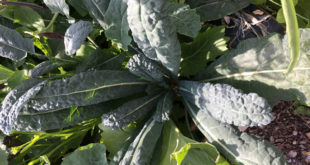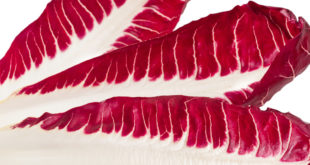The best way to preserve herbs is to freeze them in oil or butter. And there’s a good reason for this: each herb’s distinctive taste and aroma come from aromatic oils in the leaves, so preserving them in fat protects their authentic flavors. Packed in flat, thin layers in heavy-duty zip-top bags, frozen herb butters and oils are easy to store. Put a half-cup or so in a bag, freeze it flat, and end up with a thin layer of frozen goodness, which can be broken off into pieces as needed.
Use herbs preserved in oil the same way I use fresh herbs. They’re particularly good in soups, stews, and salad dressings — where their vivid flavors can transform an ordinary dish into a spectacular one. Herb butters are even more versatile. Use them in sandwiches, pasta, seafood, meat, poultry — anything that tastes good with butter and herbs will benefit. Try to replace plain butter with herb butter when making cakes and cookies.
Spend just an hour whizzing up a few batches of herb oils and butter, and you’ll be rewarded all winter long with vibrant flavors and delicious meals. Not to mention fond memories of your summertime herb garden.
Here’s how to do it:
The best way to preserve fresh herbs in oil or butter is to wash the herbs, discarding the stems and damaged leaves. Spin leaves dry in a salad spinner or dry well with paper towels. Then place herbs in food processor with ⅓ cup olive oil for every 2 cups leaves, or ½ cup unsalted butter per 2 to 4 tablespoons of leaves. For butters, add grated citrus rind, ginger, or garlic for extra flavor, but to make sure herb oils are adaptable to a wide variety of uses, don’t add cheese or nuts.
Pulse the processor, scraping down sides of bowl from time to time, until you get a chunky paste and all of the leaves are chopped. To package for freezing, put one cup herb oil or ½ cup herb butter in a one-quart zip-top bag, then flatten and spread mixture to make a thin layer. Freeze flat. It’s best used within 6 months.
 bfc.green Promoting Green Lifestyle
bfc.green Promoting Green Lifestyle


